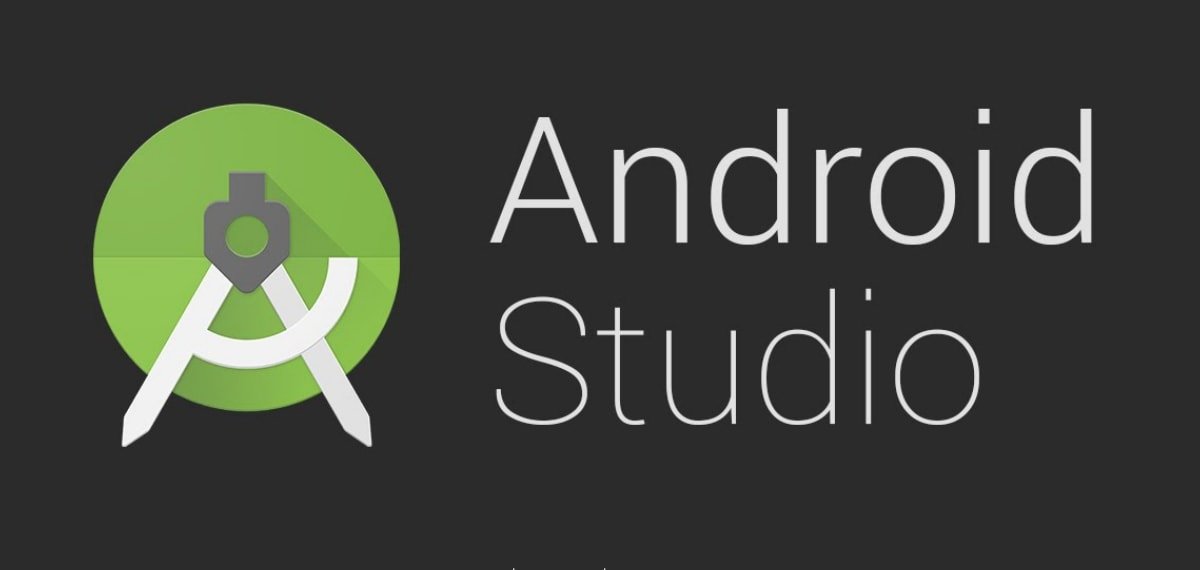
- #WHERE CAN I DOWNLOAD AN ANDROID EMULATOR FOR MAC HOW TO#
- #WHERE CAN I DOWNLOAD AN ANDROID EMULATOR FOR MAC INSTALL#
To do so, open Visual Studio Code (or your preferred code editor) then click "Open Folder" and open the root directory of your React Native app (not the Android directory). The last and final step is to run your React Native app in the opened Android emulator. Step 3: Run your React Native app with "react-native run-android" command If you have successfully opened your Android device emulator as shown in the screenshot above then it's time to move to the next step. To do so, open Android Studio, then click "Open an existing Android Studio Project" as shown in the screenshot below: The first step is building the app on Android Studio.


Step 1: Build the react native app on Android Studio Once you have all the above software and tools installed and ready, please follow the following steps in the same order. You have Visual Studio Code editor installed (or any other code editor).You have any Android emulator installed and running on your machine through Android Studio AVD Manager.
#WHERE CAN I DOWNLOAD AN ANDROID EMULATOR FOR MAC INSTALL#
If not, then you can download and install it here.
#WHERE CAN I DOWNLOAD AN ANDROID EMULATOR FOR MAC HOW TO#
This post will explain how to run the "react-native run-android" command on mac in a very few easy steps.

Step 2: Make your Android emulator ready.Step 1: Build the react native app on Android Studio.You can go directly to each step using the following links: In this post, we'll go through the easiest steps to run the React Native Android apps on mac.


 0 kommentar(er)
0 kommentar(er)
